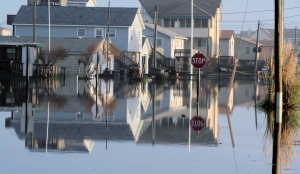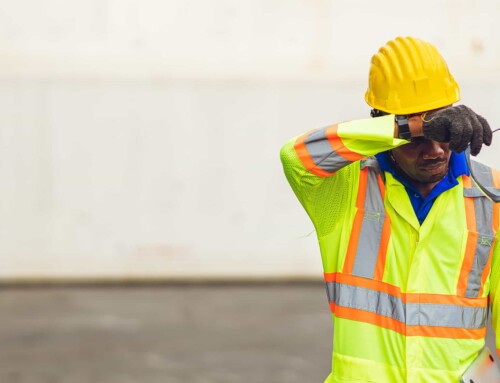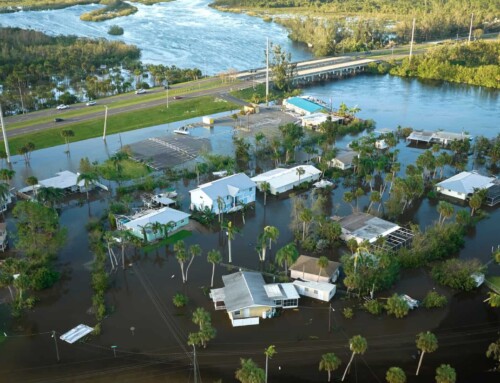
The severe storms and flooding in Louisiana last month puts into stark reality the danger posed by natural disasters. Emergencies are often unexpected, so it is important to be prepared for any situation. Whether you are protecting your home or your business, here are some general steps to help you prepare:
Gather Information: According to statistics based on reported losses from 1990-2014, storms accounted for over 60% of natural disasters in the United States, and floods made up another 20% of incidents. Understanding the most common natural emergencies in general, and in your area, allows you to create specific, focused plans for prevention and mitigation. Information can be gathered from your account manager at Johns Eastern and from your local government about potential risks to your home and business.
Plan: It’s important to have detailed plans for what to do in a disaster situation. By creating plans for before, during, and after each potential disaster, you can coordinate with your employees and family to avoid injury and to protect your property. Because some disasters can occur abruptly, making sure that your entire staff and your family know the plan can make the process of dealing with the emergency and its aftermath much smoother. Your emergency plans should at least cover when and where to evacuate, how to prepare your property for the disaster, what to do if you are stranded, and how to signal when you are safe.
Prevent: For certain natural disasters, it is possible to prepare your home or business to avoid additional loss of property:
- Board your windows and store your valuables in a secure location to prevent damage prior to hurricanes and heavy storms.
- Move valuable property to an elevated location to protect it during flood warnings.
- Back up any physical documents digitally to avoid loss and ensure that business operations can resume following the disaster.
- Store difficult-to-replace documents in a safety deposit box.
- Keep properties up to code and maintain alarms and emergency devices.
Being well-versed on prevention plans for each possible scenario can make recovery easier and help you to avoid any unnecessary losses.
Mitigate: Following a disaster, it is important for the insured to do a few things right away:
- Report your claim to your carrier or agent as soon as possible.
- Make necessary repairs to ensure that your home or property is safe, livable and weather-tight.
- Make sure that all of the damage and any efforts performed to repair your property are documented.
- Clean up any dangerous materials, such as broken glass and ceramic.
- Turn off the water or gas if it may be leaking.
- Document and dispose of perishable items.
Business owners should contact your insurance carrier or agent before starting any repairs or cleaning and follow their instructions for protecting your property from further damage.
It is important to work with your carrier or agent to ensure that your claim is filed quickly, so that recovery can begin immediately cleaning and follow their instructions for protecting your property from further damage.
Further information regarding natural disaster relief can be obtained from your account manager, agent or from FEMA’s website. While natural disasters can often be devastating, with a necessary amount of precaution and planning, they can also be manageable.




